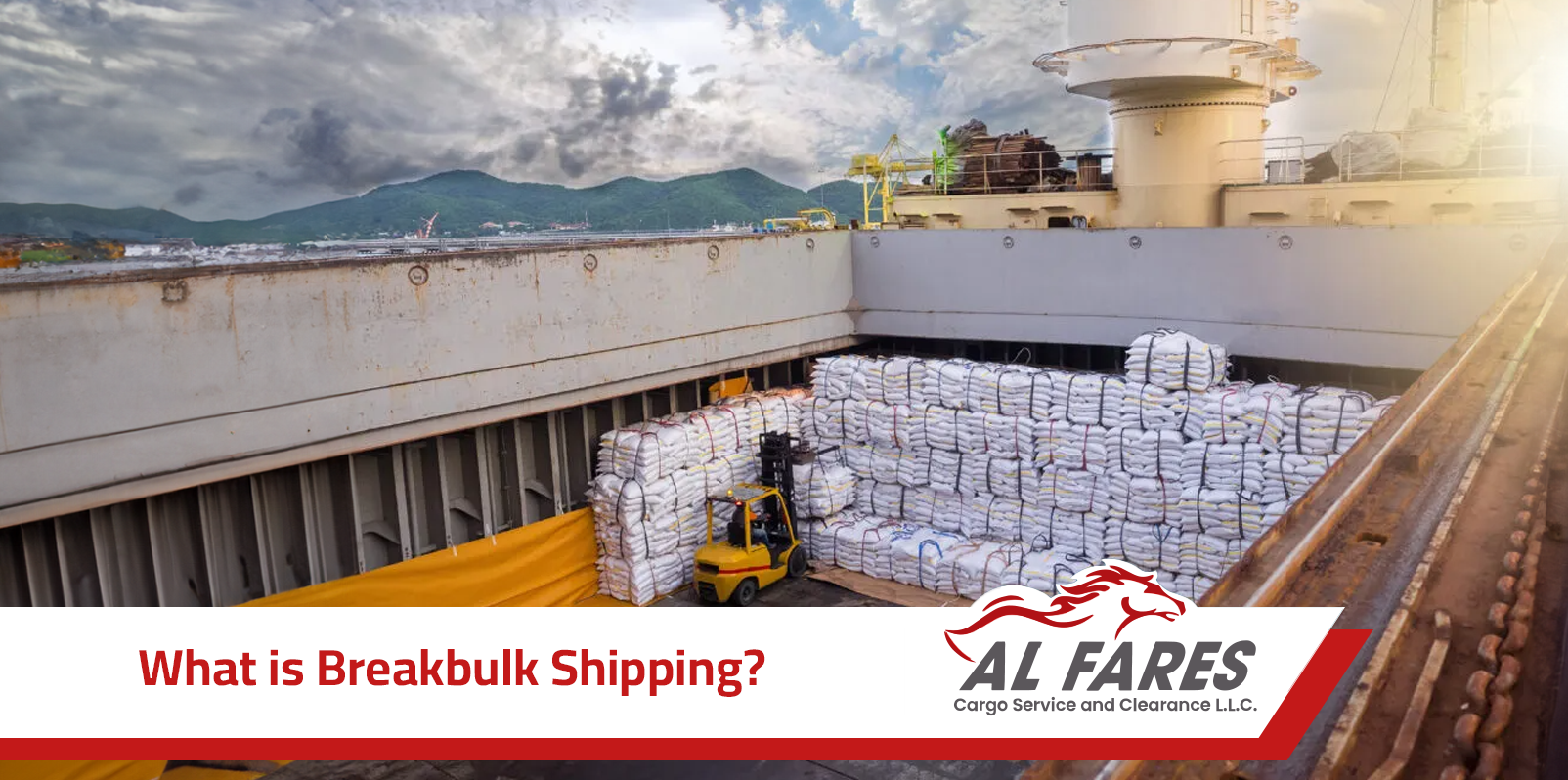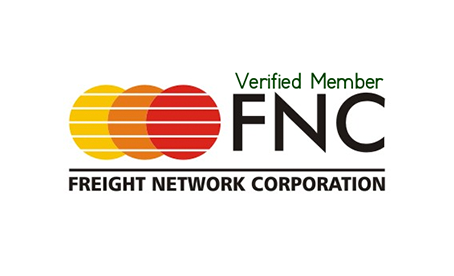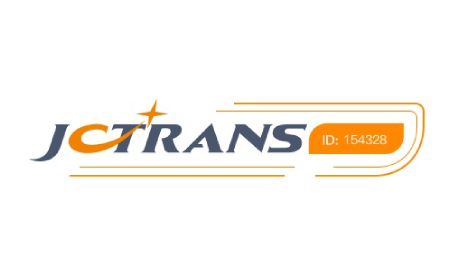Breakbulk shipping is a type of cargo transportation where goods are transported individually without being packed or consolidated into containers or other standardized units. In other words, goods are loaded and unloaded separately and can include items such as grains, timber, steel, metals, and more. This type of shipping is typically used for cargo that doesn't fit into standard containers or cannot withstand being consolidated uniformly. It may require special equipment to load and unload the goods safely.
Importance of Breakbulk Shipping:
Breakbulk shipping has several significant advantages:
Loading Flexibility: Breakbulk shipping offers greater flexibility in loading goods, allowing individual items to be loaded without the need to consolidate them into standard containers. This enables the easy transportation of a wide variety of goods.
Lower Costs: Generally, breakbulk shipping can be less expensive compared to container shipping, as it eliminates the need for specialized equipment like containers and related operational costs.
Suitability for Unpacked Goods: Breakbulk shipping effectively transports unpacked goods such as grains, raw materials, and heavy equipment without the need for specific packaging.
Time-Saving: In some cases, breakbulk shipping can be faster compared to consolidating goods into standard containers, especially when the goods require immediate handling or there is an urgent need to transport them quickly.
Space Efficiency: Breakbulk shipping allows for more effective use of space when goods are not suitable for containerization, meaning more goods can be loaded onto the ship.
Handling Large and Irregularly Shaped Goods: Breakbulk shipping facilitates the transportation of large and irregularly shaped items, such as heavy machinery and industrial equipment, making it a preferred option for industries reliant on these types of goods.
Types of Cargo Transported by Breakbulk Shipping:
Breakbulk shipping is used to transport a wide range of goods that are not packed into standard containers. Here are some examples of the types of cargo commonly shipped via breakbulk:
Grains and Agricultural Products:
- Grains such as wheat, rice, and oats.
- Agricultural products like legume seeds, cotton, and sugar.
Raw Materials and Metals:
- Raw materials like coal, iron, copper, aluminum, and zinc.
Bulk Food Products:
- Items such as vegetable oils and other liquid food products that can be transported in bulk without packaging in containers.
Timber and Wood Products:
- Sawn timber, wooden planks, and other wood products.
Heavy Equipment and Machinery:
- Large industrial machinery, heavy equipment, vehicles, and oversized spare parts.
Large Industrial Products:
- Large industrial parts and mechanical equipment that cannot be consolidated into standard containers.
Using RoRo Ships in Breakbulk Shipping:
RoRo (Roll-on/Roll-off) ships are commonly used for transporting breakbulk cargo. They are designed to carry vehicles, heavy equipment, and large cargo that can be easily loaded and unloaded via the ship's internal ramps. Here's how breakbulk cargo is typically shipped on RoRo vessels:
Safety and Securing:
- RoRo ships provide dedicated areas for securely fastening and securing breakbulk cargo during transport. This includes using straps, chains, and ropes to keep the cargo in place.
Special Equipment:
- RoRo vessels are equipped with special equipment like ramps, cranes, and other tools to facilitate the quick and efficient loading and unloading of breakbulk cargo.
Good Storage and Arrangement:
- Cargo is arranged in a way that allows for easy access during loading and unloading and is securely stored inside the ship's holds.
Environmental Monitoring:
- Environmental conditions within the ship's holds, such as temperature and humidity, are monitored to ensure the safety and quality of the breakbulk cargo during transport.
Logistical Planning:
- Effective logistical planning for the shipping and unloading processes ensures timely delivery of cargo with minimal issues or delays.
By employing these methods and procedures, breakbulk cargo can be safely and efficiently transported on RoRo ships.
Types of Shipping Methods Used in Breakbulk Shipping
There are several methods used in breakbulk shipping, and these methods vary depending on the type of goods and the requirements for transport and discharge. Here are some common methods:
Manual Loading:
- In this method, goods are manually loaded and unloaded using labor or manual equipment such as cranes and ropes. This method is usually used for small or light-weight goods.
Use of Cranes and Lifts:
- Cranes and lifts are used to load and unload heavy and large goods such as heavy machinery and industrial equipment. This method is used in ports and terminals equipped with such heavy equipment.
Use of Ropes and Special Ropes:
- Ropes and special ropes can be used to securely tie and fasten goods during loading and unloading. This method is common for large-sized and irregularly shaped goods.
Use of Pallets and Wooden Ladders:
- In some cases, pallets or wooden ladders can be used to distribute goods and facilitate loading and unloading operations.
Use of Straps and Iron Shackles:
- For heavy and large goods requiring additional security, straps and iron shackles can be used to securely tie goods during transport.
Risks of Bulk Cargo Transport:
There are some specific risks associated with bulk cargo transport, including:
Damage to Goods:
- Bulk cargo may be damaged or destroyed during loading and unloading due to rough handling or strong vibrations, potentially leading to significant financial losses for owners.
Delivery Delays:
- Various challenges in bulk shipping operations can cause delays in the delivery of goods, whether due to adverse weather conditions or problems arising during loading and unloading.
Maritime Accidents:
- In maritime shipping, vessels carrying bulk cargo may face risks of maritime accidents such as sinking or collisions, which can result in major losses for goods and owners.
Leakage of Hazardous Materials:
- In cases of bulk transport of hazardous materials, accidents involving leakage can lead to environmental pollution or health effects on individuals working in or living near shipping operations.
Logistical Challenges:
- Bulk cargo operations may encounter logistical challenges such as difficulties in storage, loading, and unloading effectively, especially for large-sized or heavy goods.
These methods and risks highlight the complexities involved in breakbulk shipping operations and the importance of careful planning and execution to mitigate potential hazards.
How to Reduce Risks in Breakbulk Shipping:
Reducing risks in breakbulk shipping requires a set of preventive measures and security procedures. These measures that should be taken include:
Training and Education:
- Ensure that employees involved in handling breakbulk cargo are trained on safe handling practices according to local and international standards and regulations.
Proper Packing and Packaging:
- Use appropriate packing and packaging materials to ensure the safety of goods during shipping, storage, and unloading.
Use of Suitable Transport Methods:
- Choose a reliable and appropriate transportation method for breakbulk cargo, and ensure that carriers have the necessary certificates and licenses.
Compliance with Security Regulations:
- Verify that the company complies with all local and international security regulations, such as general safety standards for shipping and storage.
Insurance Verification:
- Ensure you have sufficient insurance coverage to protect breakbulk cargo from any potential losses during shipping.
Logistical Environment Monitoring:
- Monitor environmental conditions during shipping operations, such as temperature and humidity, to maintain the quality of goods.
Emergency Planning:
- Develop specific emergency plans to handle any incidents or issues that arise during breakbulk shipping operations.
Collaboration with Partners:
- Communicate with partners in the supply chain to ensure proper coordination and exchange of information regarding shipping operations.


 Track Your Shipment
Track Your Shipment
 Online Enquiry
Online Enquiry
 Sign In
Sign In
 English
English

 Alfares Cargo
Alfares Cargo
 Logistic Informations
Logistic Informations
 2024-07-25
2024-07-25












